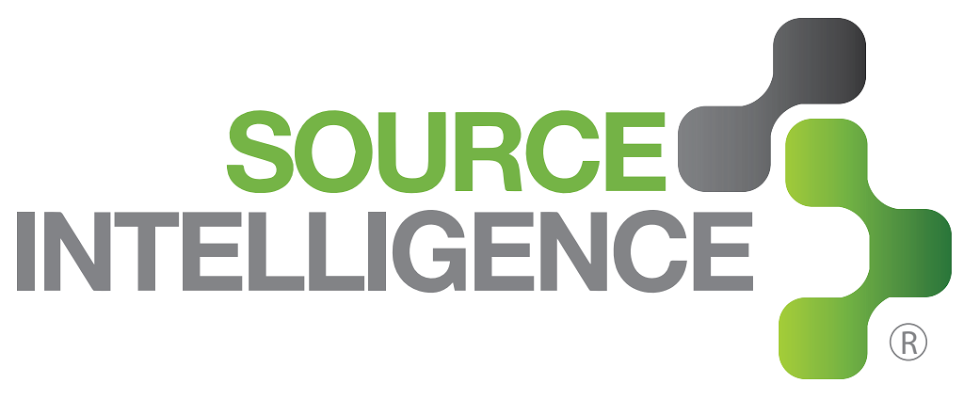Government Accountability Office Reports More Information on Smelters is Needed
Government Accountability Office Reports More Information on Smelters is Needed
The United States Government Accountability Office (GAO) conducted a study, Stakeholder Options for Responsible Sourcing Are expanding, but More Information on Smelters is Needed. In 2011, in response to the Dodd-Frank Wall Street Reform and Consumer Protection Act, the Department of State and the U.S. Agency for International Development set out to create a strategy to address human rights abuses linked to armed groups and mining of conflict minerals. The report specifically examines:
“(1) extent to which relevant U.S. agencies have undertaken activities related to responsible sourcing of conflict minerals and (2) what is known about the status of, and information provided by, stakeholder initiatives focused on responsible sourcing of conflict minerals from the DRC and adjoining countries.”
After reviewing and analyzing documents from 2003 to 2014, and interviewing representatives from State, USAID, Securities and Exchange Commission, Department of Commerce, non-governmental organizations, industry, and international organizations, who are aware of the conflict minerals issues, the GAO made recommendations to the Department of Commerce regarding smelters. These recommendations included that the Department of Commerce provide Congress with,
“GAO recommends that the Secretary of Commerce provide Congress a plan that outlines the steps, with associated timeframes, to develop and report the required information about smelters and refiners of conflict minerals worldwide.”
In the GAO study, the GAO reported that although companies who use tin, tantalum, tungsten, and gold in their supply chain “begin at the mine site, where ore is extracted from the ground with mechanized or artisanal mining techniques,” companies supply chains can vary in complexity.
Additionally, the GAO describes smelters and refiners as “choke points in the supply chain,” since the origin of minerals can be difficult to identify and verify without the proper time and resources. In order to maintain quality smelter information, consolidation of duplicates, and reconciling aliases with known smelter data, having a manageable system in place that addresses cross-checking, research, and review of smelter information, is essential.
With only 5 months away until the next reporting deadline, many companies are well into their smelter verification processes. Despite challenges of uncertain supplier provided smelter information and data discrepancies, companies seeking to do business globally should be conducting due diligence at a high priority. Verification of supplier provided smelter information can be difficult for companies who lack the resources or the ability to communicate with those that have the answers to these questions. In particular, issuers and non-issuers have felt a growing pressure to achieve clarity in their smelter information. While this can be a resource-intensive task, the Conflict Minerals Resource Center is a tool that automatically updates members when there has been a notable change made to smelters and reporting templates, making it more efficient for companies to be aware of the most updated information. This new addition to the CMRC provides members with automatic updates on smelter and reporting template information. Source Intelligence, a partner of the CMRC, has provided a quick how to video on checking this new update: “How to Video: Check Smelter Updates on CMRC.” To watch our quick How to Video: Check Smelter Updates on CMRC click here, or view the video above.
Numerous stakeholders have made plans to expand their Responsible Sourcing Initiatives, for example the Conflict Free Sourcing Initiatives, NGO’s, industry associations, etc, in order to address the issue of conflict minerals mining in conditions of human rights abuses in the Democratic Republic of the Congo, and surrounding countries. Understanding a smelters status is an essential step in discovering if minerals in your supply chain are conflict-free. To get a better understanding of this pivotal step, find out more at the Conflict Minerals Resource Center. If you are not already a member of the CMRC, please follow this link to become a member.
About the Conflict Minerals Resource Center: Source Intelligence, Schulte Roth & Zabel LLP and seven sponsoring associations have partnered to raise awareness and provide education to help companies in the supply chain comply with the current SEC Conflict Minerals regulations. This resource center provides information and training for vendors, suppliers, and other companies in the supply chains of our respective members.

